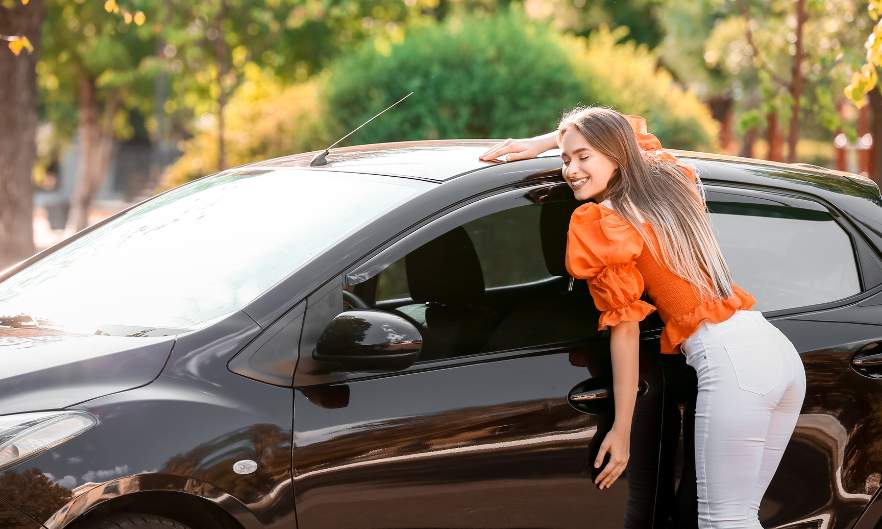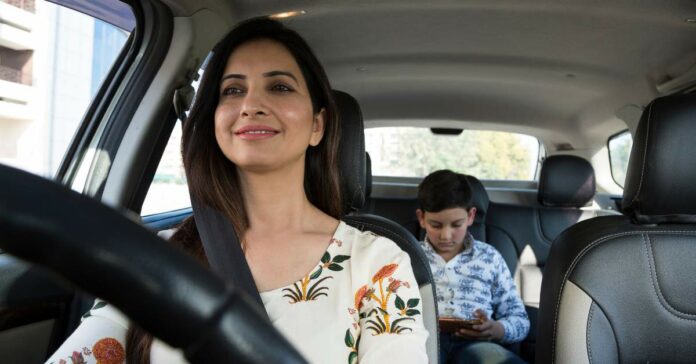German drivers license in Australia is a topic that concerns many travelers and expats moving to the Land Down Under. Whether you’re planning to visit or relocate to Australia, knowing the process of converting your German driver’s license is crucial.
In this comprehensive guide, we will explore the requirements, steps, and useful tips for a smooth transition from a German driver’s license to an Australian one. We will also discuss the significance of obtaining an International Driving Permit (IDP) and how it can benefit you during your stay in Australia.
By the end of this article, you’ll have a clear understanding of how to navigate the process and ensure you’re legally able to drive on Australian roads.
Can I Drive in Australia with a German License
Yes, you can drive in Australia with a German driver’s license, but there are certain conditions and limitations you need to be aware of. Foreign driver’s licenses are generally recognized in Australia for a limited period of time, depending on the state or territory you are visiting or residing in. Here’s what you need to know to drive legally in Australia using your German driver’s license:
Related: Can I Drive in Germany with Australian Licence.
Tourists and Short-Term Visitors
- If you are visiting Australia as a tourist or staying for a short period, you can use your German driver’s license to drive. However, it’s important to note that your license must be valid, and you must adhere to the following conditions:
- Carry your German driver’s license at all times while driving.
- Obtain an official translation of your German driver’s license into English or carry an International Driving Permit (IDP) if your license is not in English.
- Drive only the class of vehicle for which your license is valid.
Temporary and Permanent Residents
If you’re a temporary or permanent resident in Australia, you can use your German driver’s license for a limited period, usually up to three months, depending on the state or territory. After this period, you are required to convert your German driver’s license to an Australian one.
The process for converting your license varies across Australian states and territories, but generally includes providing documentation, taking a knowledge test, and possibly a practical driving test.
In some states, experienced drivers holding a German license may be exempt from taking a knowledge or practical test. It’s essential to research the specific requirements for the state or territory you are moving to, as they may differ.
Converting a German Driver’s License in Australia
If you’re a German driver planning to reside in Australia for an extended period, you must convert your German driver’s license to an Australian one. The process varies slightly depending on the state or territory you are in, but generally, the following requirements must be met:
- Proof of Identity: Provide a valid identification document, such as your passport.
- German Driver’s License: Submit your valid overseas license.
- If your license is not in English, you must provide a Transport for NSW-approved translation.
- If your license is unavailable, an authorization letter from the issuing country is required.
- Proof of Australian Permanent Residency: Present documentation proving your permanent residency status in Australia.
- Payment: Provide the necessary payment for the application process.
- Completed Licence Application Form (PDF): Fill out and submit the ‘Licence Application for (NSW State)‘ form.
If applicable:
- Contact Lenses or Glasses: Bring your contact lenses or glasses if you require them for driving.
- Knowledge Test: Take a knowledge test if required by the local transport authority.
- Driving Test: Complete a driving test if necessary, based on the state or territory requirements.
- Fitness to Drive Medical: Submit a ‘fitness to drive’ medical report if required.
Note: If you’re not a permanent resident or cannot provide proof of permanent residency, you can apply for a temporary overseas visitor license.

Tips for Driving in Australia with a German License
Driving in Australia with a German driver’s license can be a smooth experience if you keep some essential tips in mind. Initially, it is recommended to learn about defensive driving techniques, and then proceed to follow our tips for driving in Australia using a German driver’s license.
Here are some helpful pointers to make your driving experience enjoyable and safe:
- Understand local road rules and regulations: Before you start driving in Australia, familiarize yourself with the local road rules and regulations. Key differences include driving on the left side of the road, adhering to speed limits in km/h, and following strict seatbelt and drink-driving laws.
- Prepare your documents: Always carry your German driver’s license, an official English translation or International Driving Permit (IDP), and your passport while driving. These documents may be required if you’re stopped by law enforcement or involved in an accident.
- Drive within the vehicle class restrictions: Only drive the class of vehicle for which your German driver’s license is valid. If you’re unsure about the corresponding Australian vehicle class, consult the local transport authority or road traffic agency.
- Be cautious at intersections and roundabouts: When approaching intersections and roundabouts, remember to give way to vehicles coming from your right. This rule may be different from what you’re used to in Germany, so it’s essential to stay alert and follow local traffic rules.
- Adjust your driving style to the Australian driving culture: Australian drivers may be more relaxed and less aggressive than German drivers. Adapt your driving style to suit the local culture, which includes using the horn sparingly and following the “keep left unless overtaking” rule on multi-lane roads.
- Pay attention to weather and road conditions: Australia’s diverse landscape means you may encounter various road and weather conditions, from busy city streets to unsealed rural roads. Be prepared to adjust your driving style accordingly and be especially cautious in remote areas where wildlife may be present.
- Use GPS and maps: Utilize GPS devices or smartphone apps to help navigate unfamiliar roads and avoid getting lost. Remember that Australian road signs and markings may differ from those in Germany, so it’s crucial to pay attention to the local signage.
- Plan your journey: If you’re planning a long drive or road trip, research your route in advance, including rest stops, fuel stations, and accommodation. Australian outback regions can be remote, and services may be few and far between, so it’s essential to be well-prepared.
- Stay alert and take breaks: To avoid driver fatigue, ensure you take regular breaks during long journeys. In Australia, it’s recommended to take a break every two hours or whenever you feel tired.
- Be aware of rental car requirements: If you’re renting a car in Australia, be sure to check the rental company’s specific requirements regarding foreign driver’s licenses and any additional documentation you may need to provide.
By keeping these tips in mind, you can ensure a safe and enjoyable driving experience in Australia with your German driver’s license. Remember to familiarize yourself with local traffic rules and regulations, carry the necessary documents, and adapt your driving style to suit Australian driving conditions.






